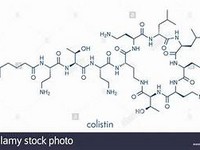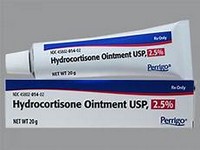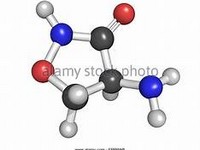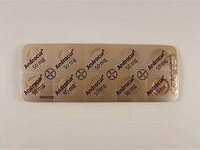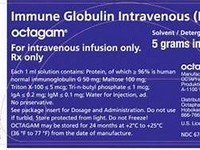Clindamycin

Clindamycin
CLINICAL USE
Antibacterial agentDOSE IN NORMAL RENAL FUNCTION
Oral: 150–450 mg every 6 hours, Endocarditis prophylaxis: 600 mg 1 hour before procedureIV/IM: 0.6–4.8 g daily in 2–4 divided doses,Prophylaxis: 300 mg 15 minutes before procedure then 150 mg 6 hours laterPHARMACOKINETICS
DOSE IN RENAL IMPAIRMENT
GFR (mL/MIN)
DOSE IN PATIENTS UNDERGOING RENAL REPLACEMENT THERAPIES
IMPORTANT DRUG INTERACTIONS
Potentially hazardous interactions with other drugsCiclosporin: may cause reduced ciclosporin levelsErythromycin: antagonism demonstrated in vitro; manufacturers recommend that the two drugs should not be administered concurrentlyMuscle relaxants: enhanced neuromuscular blockadeADMINISTRATION
Reconstition
–Route
Oral, IV, IMRate of Administration
10–60 minutesComments
Dilute prior to IV administration: up to 900 mg, in at least 50 mL of diluent; over 900 mg, in 100 mL of diluent. Compatible with sodium chloride 0.9% or glucose 5%Administration of more than 1200 mg in a single 1 hour infusion is not recommendedDoses greater than 600 mg should be given as IV infusionsOTHER INFORMATION
Capsules should be swallowed whole with a glass of waterPseudomembranous colitis may occur Periodic kidney and liver function tests should be carried out during prolonged therapyDosage may require reduction in patients with severe renal impairment due to prolonged half-life
See how to identify renal failure stages according to GFR calculation
See how to diagnose irreversible renal disease
Home
